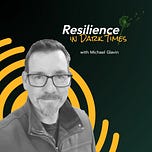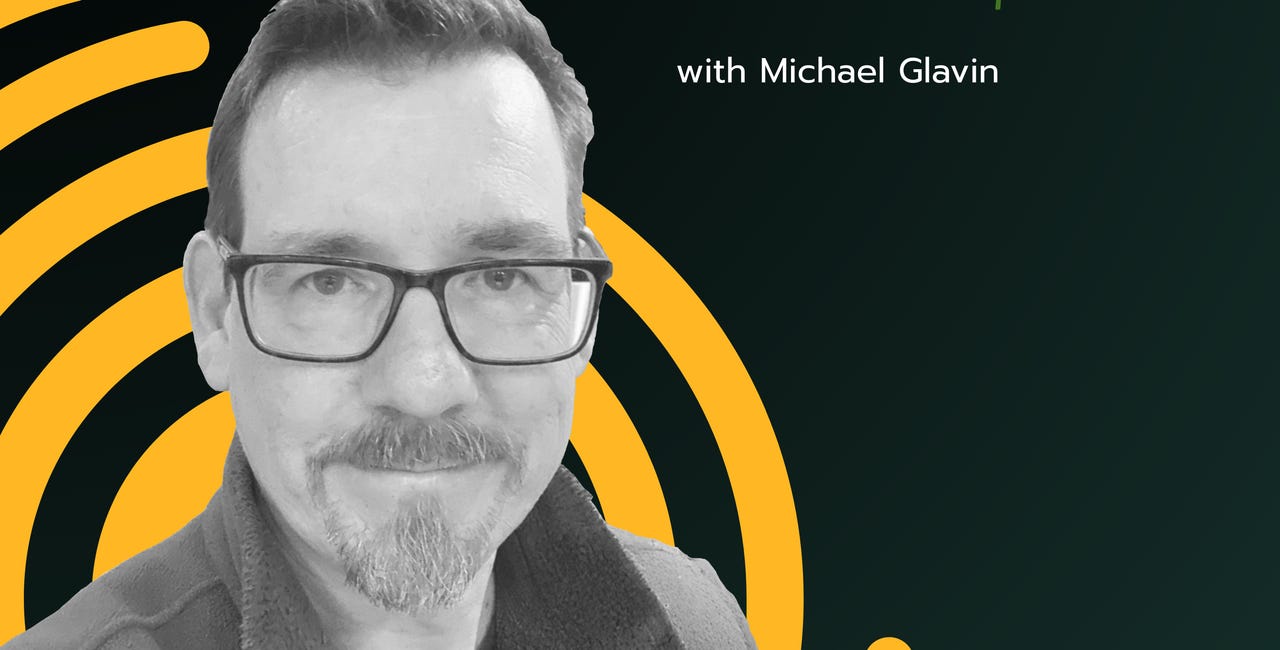Intro:
“This can’t be happening!” “He can’t do that!” “This weather is all wrong.” Are you stuck in thoughts like these? As long as you are, you are wasting precious time and engergy. That is why acceptance is key to resilience. But how do you get unstuck? How can we practice acceptance?
Topic to be discussed:
In this podcast episode, Michael Glavin discusses acceptance as the key to resilience.
Summary:
The problem: knot of denial
Untangling the knot
First Thread: Noticing and Accepting “what-is”
Second Thread: Notice our Values the “what-ought”
Third Thread: Noticing our Feelings about what-is
Shifting from Denial to Meaningful Action
Show notes:
The Knot of Denial
When we get scared or anxious, one of the first things that a person does is to project it into the future and try to scan for possible nightmare scenarios in an attempt to control the outcomes that they fear may come to pass.
My fear of the future was preventing me from accepting my current situation. I forgot that we live in an indeterminate universe, a universe where the future is the product of many many different forces, and that things can often turn into their opposites. Our predictions of the future are often wrong.
(Michael Glavin)
Accepting what is happening, not what might happen
We waste our energy continually believing that something shouldn’t have happened when it already has.
To accept the present moment is, therefore, a way we stop tormenting ourselves with desiring an alternative reality and reconnect with the one we are in, even if it is scary to do so.
When we accept the present moment, then we can change it.
So if denial is not a beneficial long-term approach, what is? Acceptance. We want you to be fully engaged in your life, and we need you to be fully engaged in this historical moment. If you’re stuck in denial … you’re wasting valuable time and energy.
(Michael Glavin)
The longer you are stuck in denial, the longer it takes for you to see what you can do about the situation instead of wasting precious resources trying to push against the fact that it exists.
This happens because of the is-ought knot - when we see how something is, and our mind quickly jumps to how we think it ought to be. How do we get out of this?
The first thing we need to do is to separate out what-is from what-should-be … It is happening, but I don’t want it to happen.… When we talk about acceptance, we’re not accepting that it should be happening, you’re not accepting anything in the future - what you’re just saying is you’re acknowledging that it is happening.
(Michael Glavin)
The Three Threads of Experience
The first thread is what is happening, whether we want it to happen or not: the “is” thread. The second is what ought to happen; our values and principles make up the second thread. The final, third one is about our emotions and feelings about what is happening.
A really good way to sort out this feeling’s thread is with mindfulness meditation. You’re just noticing what’s coming up.
(Michael Glavin)
Finding Meaning in the Darkness
“The darkness is there because it allows us to discover the light.” -- J. Baldwin
The way to get to the light is through the darkness. What that does is it makes us want to engage in the darkness, in the struggle, and engage with reality. What I want for you is that transformational moment, when you see things that are terrible in the world … [And] to see them as a signal that we need you. We need you so much.
(Michael Glavin)
We want you to go from “this shouldn’t be happening” to “what can I do to make something better happen?” Accept the present moment, engage with the world, and get involved in building a better world.
Books mentioned in this episode:
J.R.R. Tolkien: The Hobbit and The Lord of the Rings
James Baldwin: Notes of a Native Son
James Baldwin: Nothing Personal
Useful links:
Countering Domestic Terrorism and Organized Political Violence
“The Story of the Chinese Farmer” by Alan Watts
George Shulman, PhD, Letters on Political Theology, “Letter Nine: Job”
ABC News: ICE agents raid South Shore apartments






